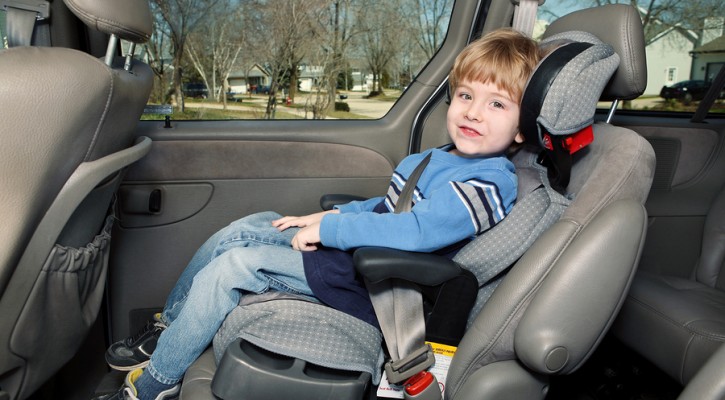
Child Passenger Safety Week Sept. 14-20
September 15, 2014
This is National Child Passenger Safety Week and it’s a good time to remind parents or those who care for children, about the proper way to care for a child while driving. When it comes to child safety seats, one size doesn’t fit all and it’s important to understand how to choose and install the proper child seat according to your child’s age.
According to a survey by the National Highway Transportation Safety Administration (NHTSA), these are the most common mistakes made by parents when installing and using child safety seats and booster seats:
- Wrong harness slot used – The harness straps used to hold the child in the car seat were positioned either too low or too high;
- Harness chest clip positioned over the abdomen rather than the chest or not used at all;
- Loose car seat installation – The restraint system moved more than two inches side-to-side or front to back; anything more than one inch is too much.
- Loose harness – More than two inches of total slack between the child and the harness strap; there should be no slack.
- Seat belt placement was wrong – Lap belt resting over the stomach and/or shoulder belt on the child’s neck or face.
Both NHTSA and SafeKids recommend the following steps listed on the Safe Kids downloadable checklist:
- Right Seat. Check the label on your car seat to make sure it’s appropriate for your child’s age, weight and height.
- Right Place. Kids are VIPs, just ask them. We know all VIPs ride in the back seat, so keep all children in the back seat until they are 13. Doing this, along with correctly using the appropriate child restraints, greatly reduces the risk of injury.
- Right Direction. You want to keep your child in a rear-facing car seat for as long as possible. When he or she outgrows the seat, move your child to a forward-facing car seat. Make sure to attach the top tether after you tighten and lock the seat belt or lower anchors.
- Inch Test. Once your car seat is installed, give it a good shake at the base. Can you move it more than an inch side to side or front to back? A properly installed seat will not move more than an inch.
- Pinch Test. Make sure the harness is tightly buckled and coming from the correct slots (check manual). Now, with the chest clip placed at armpit level, pinch the strap at your child’s shoulder. If you are unable to pinch any excess webbing, you’re good to go.
Many parents don’t realize that child safety seats have an expiration date. The plastic and synthetic materials used to make the seat’s body and straps can break down over time when exposed to the high heat and sunshine in a parked car. It’s not a good idea to use a hand-me-down car seat for younger children.
There are several good websites that provide information on the proper selection, installation and care of child safety seats. For information about:
- Advice on child safety in and around cars, visit the Insurance Institute for Highway Safety (IIHS): http://www.iihs.org/iihs/brochures/keeping-children-safe
- IIHS ratings on booster seats, visit: http://www.iihs.org/iihs/ratings/child-boosters
- Where to find a car safety seat inspection station near you, visit: http://www.seatcheck.org/
- Child safety seat laws in your state: http://www.iihs.org/iihs/topics/laws/safetybeltuse?topicName=child-safety
